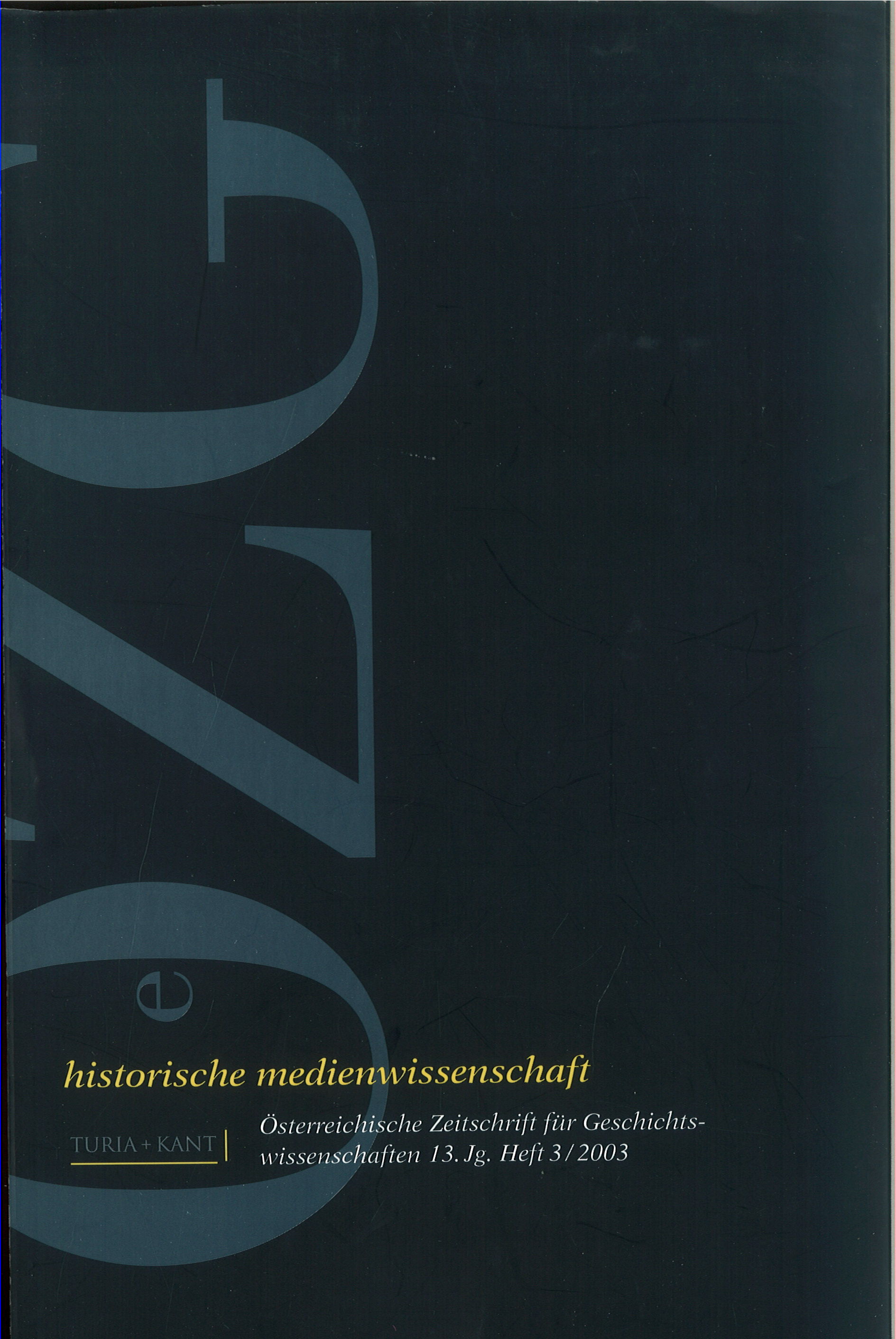Sic itur ad astra. An Observational System in 18th Century French Astronomy
DOI:
https://doi.org/10.25365/oezg-2003-14-3-2Abstract
The article invokes the notion of an »observational system« to examine the practices and discourses of astronomy in late 18th Century France. It will be shown that the specific functions of this technical artefact were not a priori determined, but were shaped by different disciplinary, institutional, and technical conditions. How ever, the perception of these conditions had already been discursively constructed in contemporary narratives, such as Jean-Sylvain Bailly’s Histoire de l astronomie an-cienne (1781) and his Histoire de l’astronomie moderne (1785). The structure of this historical knowledge about astronomy corresponds to the institutional organi sation of the observational process as described in the plans to reform the Paris ob servatory. It will be pointed out that a hierarchical opposition between the astronomer interpreting the data, and the observer, who merely wrote down the dates and positions of the celestial objects, was thought to provide the reliability and continuity deemed necessary for the creation of a lasting depot of numbers. These requirements decisively shaped the perception and uses of the telescope, which was inva riably seen in connection with the quadrant and the micrometer. Thus the article emphasizes that the function of the telescope was not to provide visual images, but to deliver numbers indicating the exact position of celestial objects.


